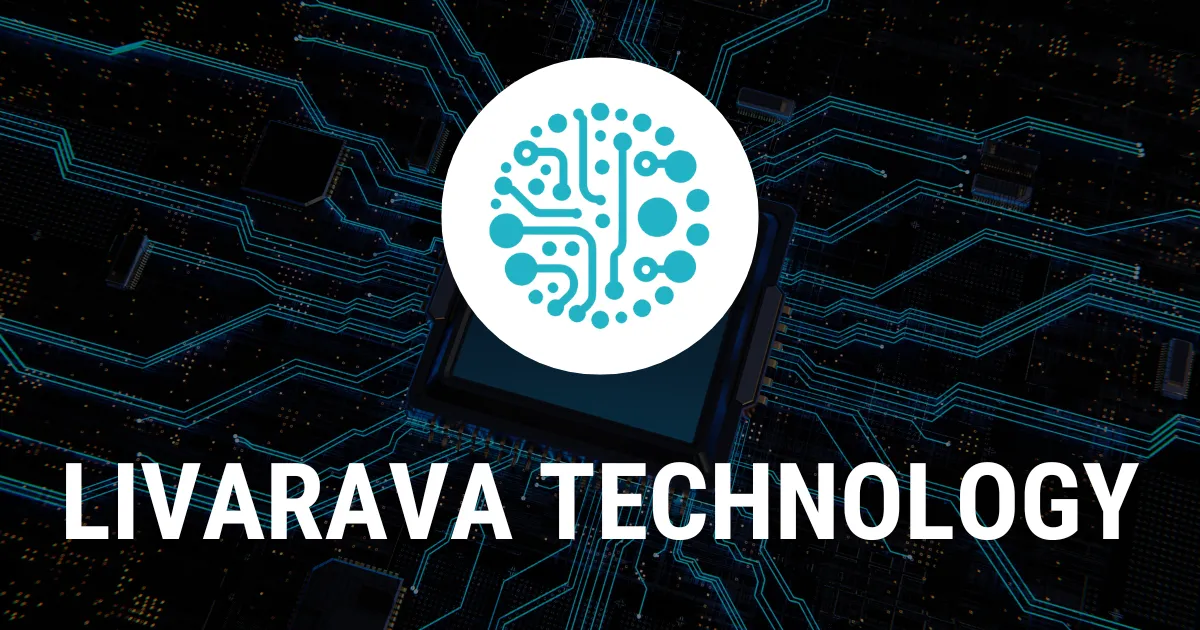Exploring the Dual Impact of Technology on Healthcare Expenditure

Understanding the Role of Technology in Healthcare Costs
Technology plays a crucial role as both a deflator and an inflator in healthcare expenditure. Federal data shows healthcare costs in the U.S. are expected to rise dramatically, reaching $4.8 trillion in 2023, growing at a rate of 7.5%.
The Inflationary Effects of Healthcare Technology
- Adoption of advanced medical devices
- Expensive drug development impacts
- Increasing patient demand for personalized care
The Deflationary Impact: Savings Through Innovation
- Telehealth reducing overhead costs
- AI-driven diagnostics enhancing efficiency
- Remote monitoring technologies lowering hospitalization rates
The dual nature of technology creates a dynamic tension in healthcare spending. As innovative solutions emerge, identifying areas for savings while managing escalating costs will be crucial for stakeholders.
This article was prepared using information from open sources in accordance with the principles of Ethical Policy. The editorial team is not responsible for absolute accuracy, as it relies on data from the sources referenced.